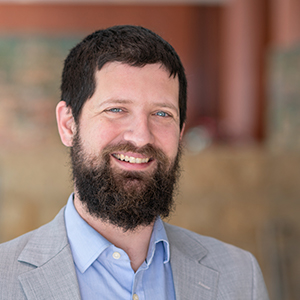Research across scientific fields continues to identify the huge role our earliest experiences play in shaping the skills and traits we use to navigate the rest of our lives. Findings in neuroscience and child development dovetail remarkably well with economic research revealing a substantial return on public investments in high-quality programs that support young children and their families—especially families with low incomes. Such programs may include preschool, early health and nutrition programs, and home visiting programs.
Early care and education (ECE), which is aimed at children age five or younger, has received increased attention due to a particularly robust body of evidence on the efficacy of well-structured programs. ECE is most often available through private child care providers that are primarily funded through parents’ tuition payments, but also includes a variety of public and nonprofit providers. High-quality child care supports children’s development, builds parental skills, and supports parents’ labor force participation and productivity at work.
The unique features of child care business models contribute to strong headwinds for access to and supply of high-quality ECE. Child care provider tuition is often set well above what low- and moderate-income families can afford. Even though prices are high by family-budget standards, child care providers tend to operate on thin margins and struggle to expand. In addition, child care workers are paid low wages relative to the societal value they provide. (One demonstration of this societal contribution is the broad acknowledgement during the coronavirus pandemic that child care is vital, and that without it, health care, emergency, and other essential employees with young children cannot go to work.)
For child care operators, credit can be hard to find. Traditional lenders often perceive private investments in child care businesses as risky or otherwise unworkable. Their lending preferences are influenced by child care market conditions, but also derive from a lack of knowledge of or experience with the child care field relative to other specialized markets.
Nevertheless, geographically based, cross-sector partnerships are helping shift the market conditions for ECE in their regions. Nontraditional lenders are finding ways to support existing and expanding child care businesses, to the benefit of low-income families. Meanwhile, nonprofit and for-profit providers alike are innovating in their service delivery to better support children and their families. In the background are the many public policies and funding streams that influence both access to and supply of ECE. Cross-sector and provider innovation in ECE can help inform public policy choices.
These efforts offer potential blueprints for increased, effective public and private investment in the field of high-quality ECE that could shrink the gap between demand and supply. We feature these efforts in our What works series of community development content, which explores practical approaches for readers to consider and, potentially, follow. In the series, practitioners, funders, and community leaders who have designed and implemented solutions explain what went right about their decisions and processes, what went wrong, and what they learned along the way.







